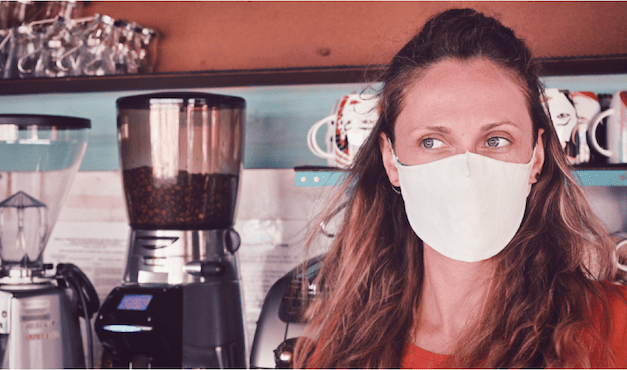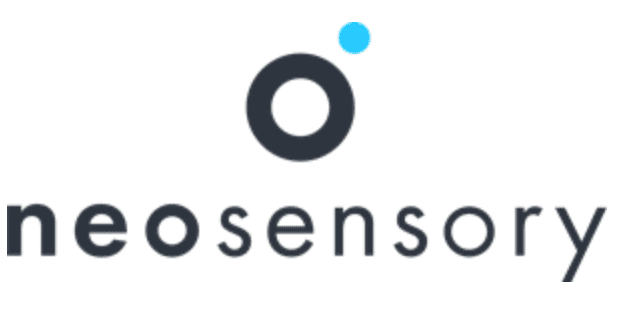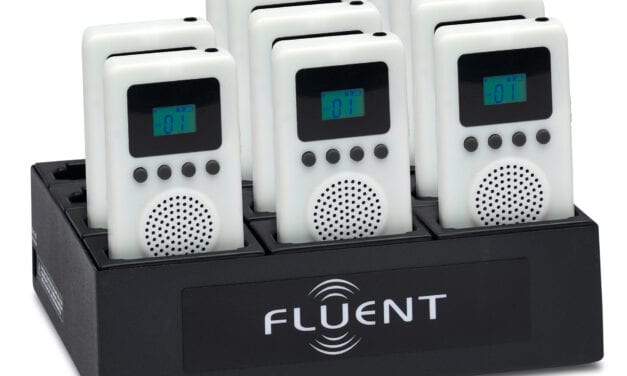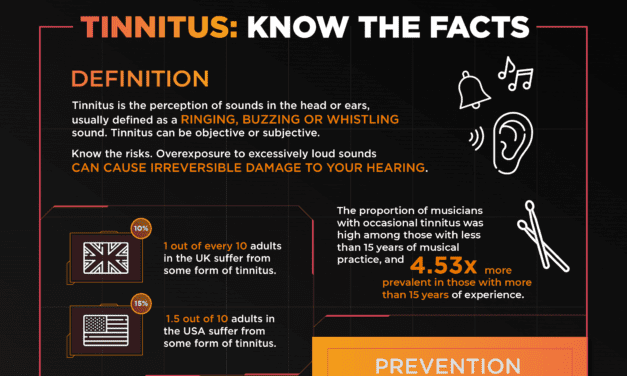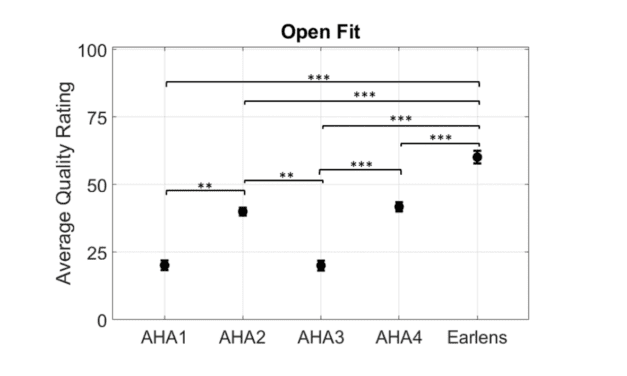Neuromod Publishes Results of Tinnitus Study Utilizing Non-invasive Stimulation Device
The clinical trial was conducted between 2016 and 2019 and was designed to track changes in tinnitus symptom severity. The trial investigated the bimodal neuromodulation approach, using Neuromod’s non-invasive stimulation device that delivers sound to the ears and electrical stimulation to the tongue.
Read More








